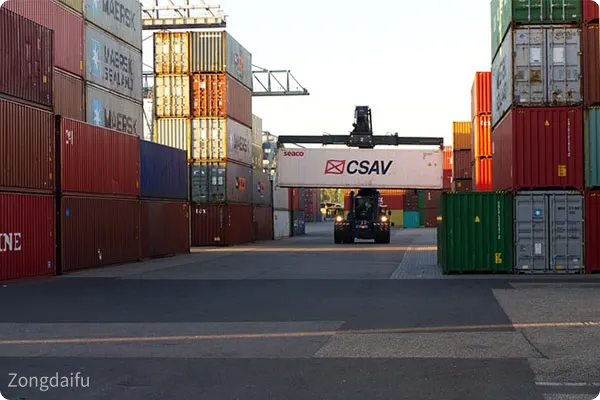When dealing with international freight, the accuracy of the bulk weight is very important because it is directly related to the transport costs, customs declarations and possible compliance issues. Errors between the bulk weight and the bulk weight are common, but it is true that a few key points need to be taken into account to avoid possible problems.
Ensure the scope of error is reasonable
Typically, the permissible error range should try to be kept within reasonable limits (for example, the common permissible error in international trade is ±0.5% to 1%).
Commercial inspection and customs reporting data consistency
The report of the bulk weight should be consistent, especially the bulk weight should not be lower than the bulk weight of the customs duty. This is because the bulk weight of the customs duty weight may be considered to be suspected of manipulating the data, affecting the export compliance of the product.
Impact of Cost Calculation
Shipowners or transport companies usually calculate shipping charges based on bulk weight. If the bulk weight on the trustee differs significantly from the actual bulk weight, it may result in additional cost adjustments, such as reimbursement of shipping charges or facing fines.
Avoiding compliance risks
Customs and other regulatory authorities may investigate overweight differences to check for tax evasion and false reporting.
5) Possible measures
1) Confirmed in advance:Before shipping, specific weight measurement standards and methods are confirmed with the shipper to ensure that all stakeholders use unified data.
2) Check the weight:Precise weight measurements are carried out before shipment to ensure the accuracy of the bulk weight of the certificate and the trade inspection.
Communication in a timely manner:If a change in weight is expected, the freight and the parties concerned should be promptly notified to avoid delays or increased costs caused by data inconsistencies.
In summary, while weighing small scope errors are acceptable in practical operations, it is best to try to maintain data consistency and accuracy as much as possible to avoid additional complex problems caused by it. If there is a continuing problem with weight differences, it is recommended to inspect internal processes and optimize operations to ensure future transportation is more smooth.



 Follow customer service WeChat
Follow customer service WeChat